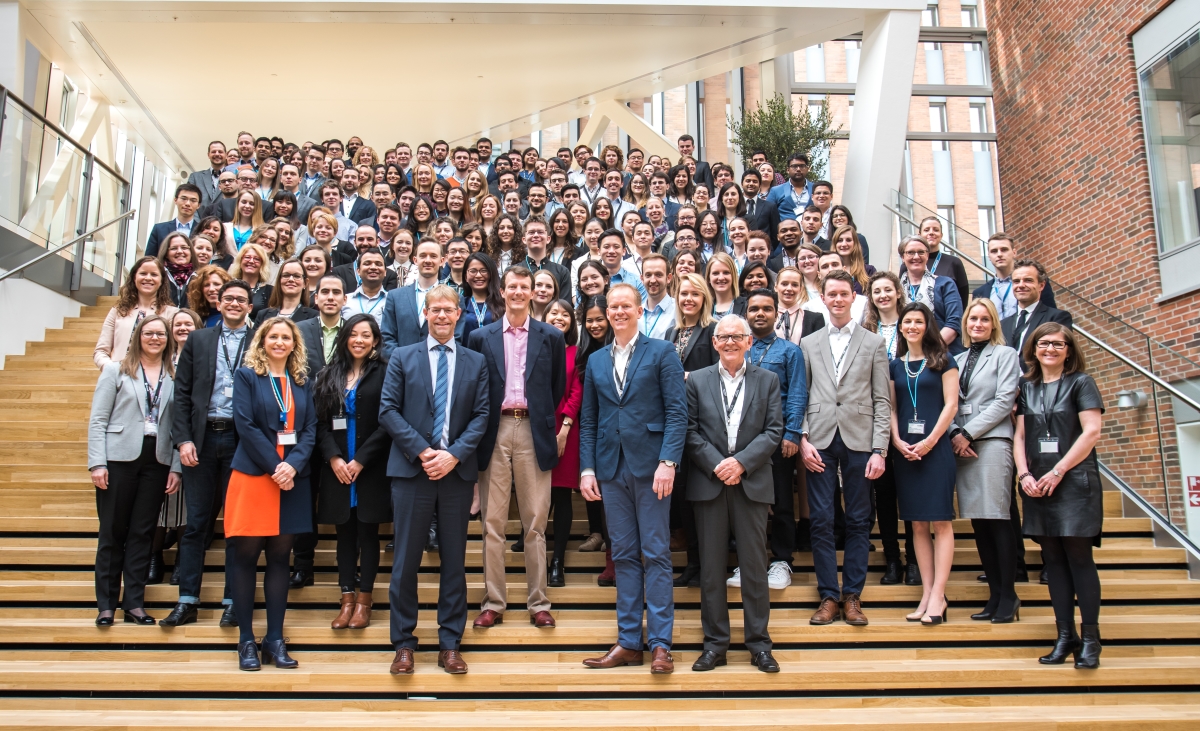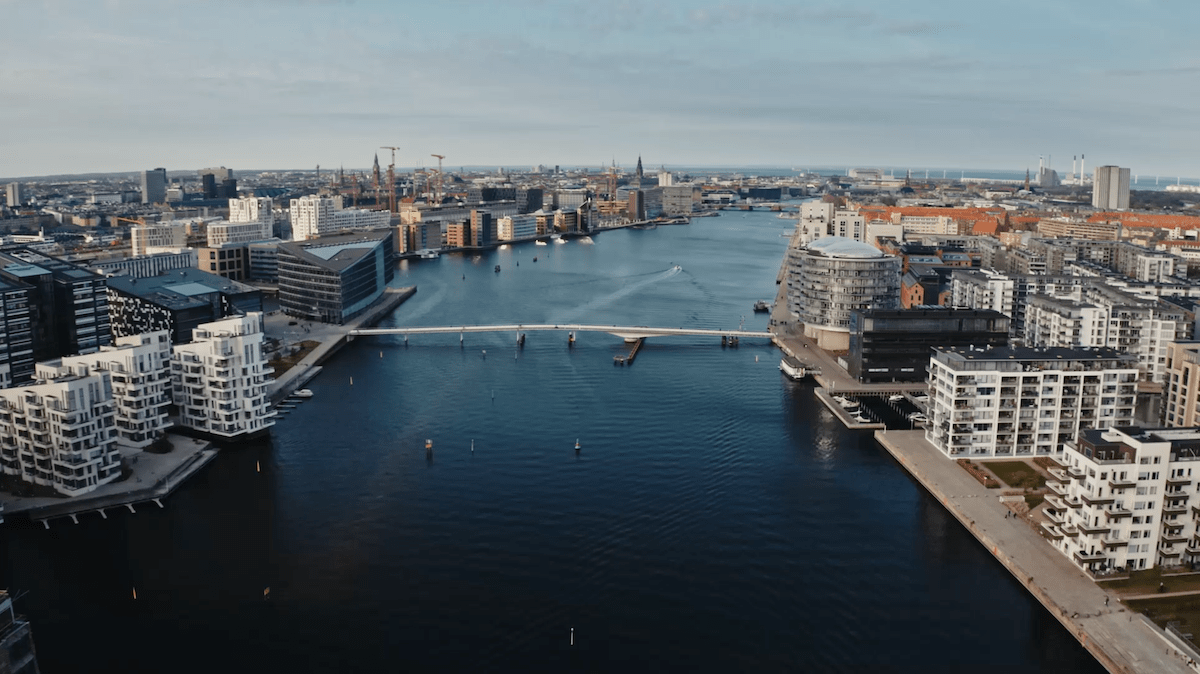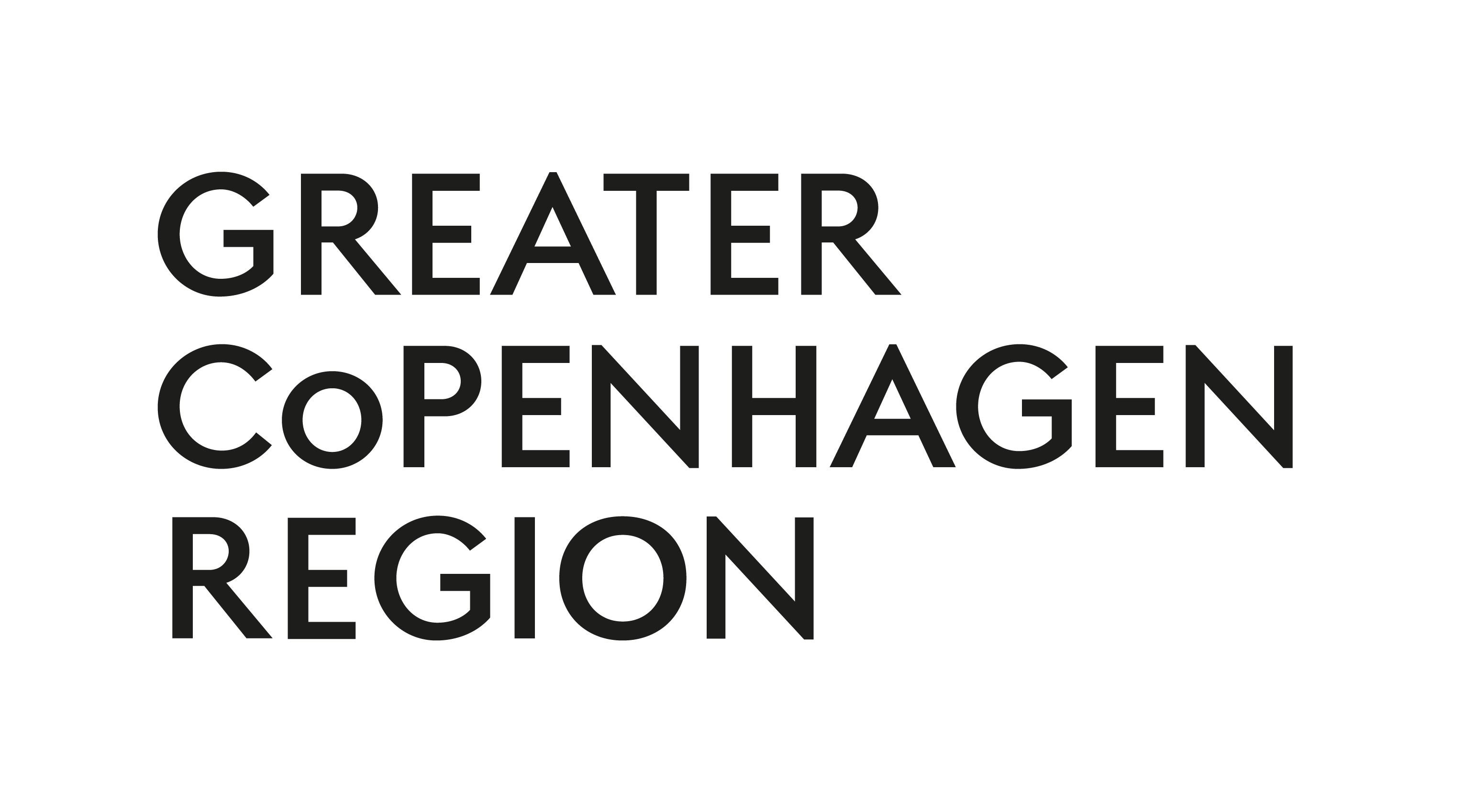xxxx
Research and Innovation Base - Story of Spin-outs in the region
Greater Copenhagen Region is on a high-speed path to converting its scientific and technological achievements into commercial success. The region is home to 17 universities and is a front-runner in Life Science, Technology, and Green Transition.
A significant amount of public funds is allocated to research and universities in the region and there is an increasing drive to be able to demonstrate that research does not just end up in academic theses but leads to invention and innovations for the benefit of society and mankind.
Børsen highlighted reports from Damvad Analytics that in prominent biotechnology hotspots, there is a remarkable difference in the number of companies that are spun out of the respective research institutions e.g. in Boston there is one spinout created for every 70 scientific articles whereas the number in London/ Cambridge / Oxford is 85 and in Switzerland it is 128. In Denmark, this number is 227. Despite Denmark’s prowess in quality and quantity of great scientific productions per capita, universities still have untapped biotechnological innovation potential. A detailed analysis shows the 3 Universities in Denmark - the University of Copenhagen, Aarhus University and Denmark’s Technical University there is an average of 40 spinouts per year.
Spin-outs from Universities - the Danish story
When it comes to the ability to convert scientific artcles into spinouts and innovation, the picture is quite clear. At the University of Copenhagen, the figure stands at 880 per spinouts, Aarhus University it is at 431, and Technical University of Denmark tops with 98. DTU Biosustain and DTU Healthtech are even at a level that matches Boston's world-leading biotechnology innovation environment in Boston.
Despite this fantastic achievement, it can be concluded that the potential for increasing the number of biotechnological spinouts is enormous, and if KU and AU caught up with DTU, there could be more than 40 new biotechnology companies that can be created per year. To achieve this there is need to cultivate a culture at our research at our research institutions that both value high research quality and great innovation. Several positive measures have been taken recently. At DTU Skylab students and employees have the opportunity to build prototypes and companies under the guidance of mentors with experience as entrepreneurs. Likewise, KU and AU have established the innovation centers KU Lighthouse and The Kitchen, where it is possible to test the commercial potential of one’s scientific ideas.

xxxx
...and the Swedish side
Similarly, NanoLund, the Centre of Nano Science in Lund University, Sweden, aims to use unique opportunities that nanoscience and nanotechnology can offer to help address societal challenges. It strives to do pioneering science, support innovations and protection of valuable intellectual property (IP) and work closely with different researchers and companies that spin out of it. Some of the spin-off companies are Thyrolytics, WrenTherapeutics, Watersprint, Cellevate, NordAmps, AcouSort and more.
xxxxx
Greater Copenhagen Region is a place of endless opportunities for businesses and people alike. A place to live grow and evolve.
- Top-quality of life
- Great for doing business
- Highly educated population
- Excellent infrastructure
- Direct proximity to two markets
- Lovely pastries


About Greater Copenhagen Region
Greater Copenhagen Region stretches over the borders of Denmark and Sweden. With 4.4 million inhabitants and 17 universities, it’s the largest metropolitan area in the Nordics and a global hub for growth, sustainable solutions and innovation. The region offers world-class research facilities and a creative business environment. Outstanding infrastructure makes Greater Copenhagen Region highly connected via rail, road, air and sea. The two main cities of the region, Sweden’s Malmö and Denmark’s Copenhagen are just a half hour train-ride apart. Its strategic location makes Greater Copenhagen Region the link between 25 million consumers in Scandinavia and 125 million in Northern Europe.
